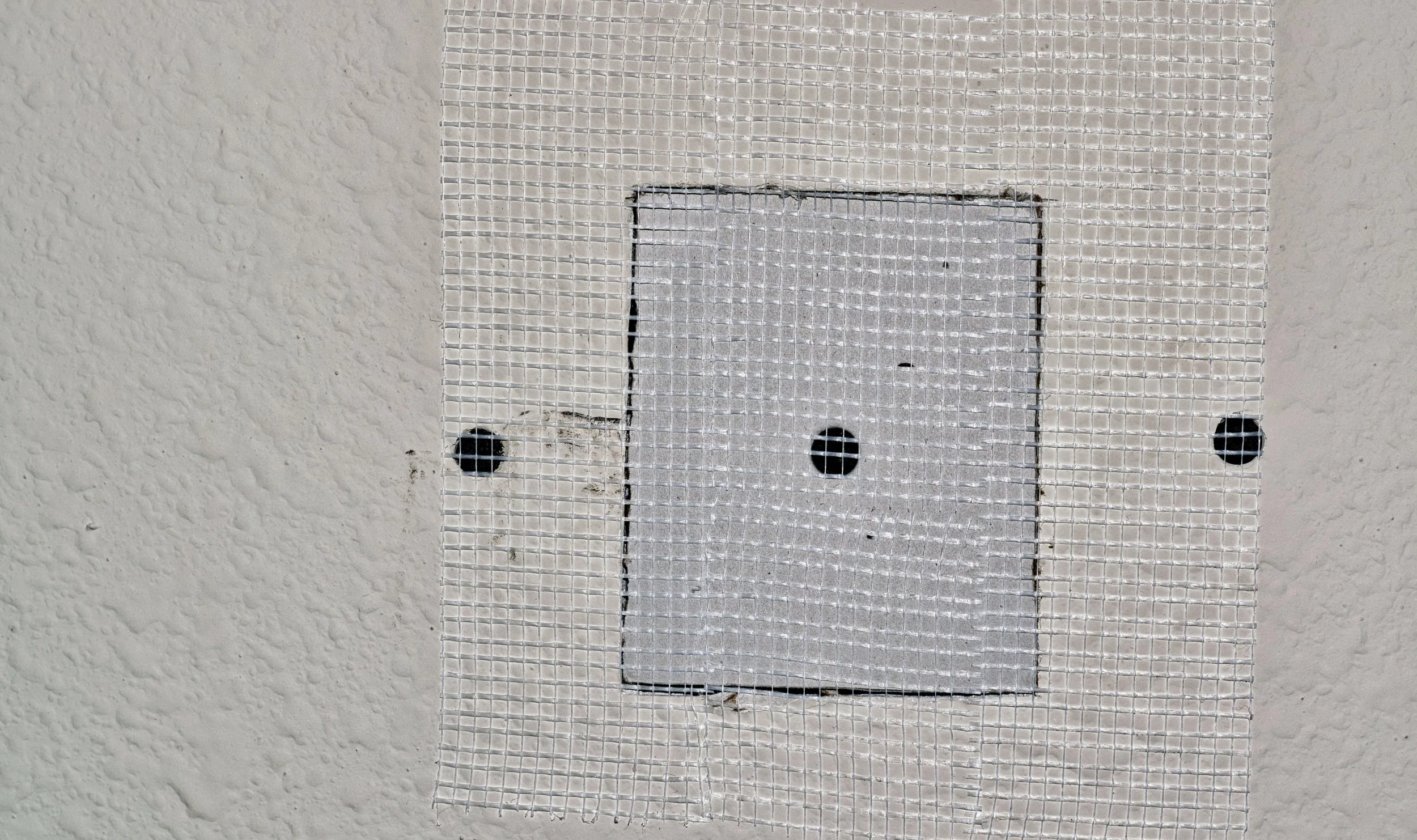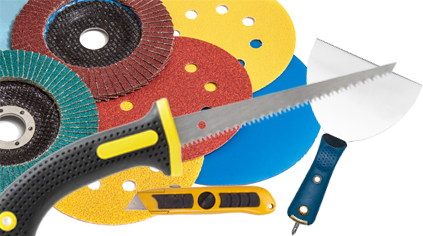How to Patch Drywall Like a Pro: A DIY Guide for Arizona Homeowners & Realtors
A Small Fix That Makes a Big Difference
If you’ve ever moved furniture, hung a picture, or had a plumbing repair done inside your home, chances are you’ve ended up with a hole or crack in your drywall. While these imperfections may seem small, they can make a space look worn and neglected—especially when preparing to sell a home.
The good news? Most dry wall damage is easy to fix!
This guide will help homeowners confidently tackle minor drywall repairs themselves while giving Arizona realtors a valuable resource to share with clients who may need quick cosmetic touch-ups before listing their homes.
Let’s dive into the why, how, and when of drywall repairs!
Why Drywall Damage Happens (Especially in Arizona)
Arizona’s unique climate and common household activities contribute to drywall wear and tear over time.
Dry Climate & Foundation Shifts: Arizona’s dry air can cause walls to contract, leading to small cracks, especially in newer homes as they settle.
Everyday Wear & Tear: Moving furniture, door handles hitting walls, or kids playing rough can lead to dents, scuffs, and small holes.
Wall Anchors & Nails: Whether hanging shelves, TVs, or artwork, removing anchors often leaves behind unsightly holes.
Plumbing & Electrical Repairs: Sometimes professionals cut into drywall to access pipes or wiring, leaving a hole behind.
While small drywall imperfections are normal, knowing how to patch them quickly and properly makes a big defference in a home’s appearance and value.
Types of Drywall Damage (And Which Ones You Can Fix Yourself!)
Not all drywall issues require professional help. Here’s a quick guide:
Small Nail & Screw Holes: Common from hanging pictures. ✅ DIY Fixable!
Dents & Scuffs: From furniture or everyday wear. ✅ DIY Fixable!
Hairline Cracks: Often due to Arizona’s dry air. ✅ DIY Fixable!
Medium Holes (1-6 inches): From doorknobs or accidental impacts. ✅ DIY Fixable!
Large Holes & Structural Cracks: Wider than 6 inches or continuing to spread, they may need a home inspection. ❌
DIY Drywall Patch Repair: What You’ll Need
Tools:
✔️ Putty knife
✔️ Sandpaper (12-150 grit)
✔️ Utility knife
✔️ Drywall saw (for larger holes)
Drywall Tools
Drywall Materials
Materials:
✔️ Spackle or lightweight joint compound
✔️ Drywall patch (for medium holes)
✔️ Self-adhesive mesh tape (for cracks)
✔️ Paint & primer for touch-ups
Safety Gear:
✔️ Dust mask (for sanding)
✔️ Safety glasses
Step-by-Step Guide: How to Patch Drywall
Step 1: Prep the Area
Remove any loose drywall pieces or peeling paint.
Use a damp cloth to wipe off dust for better adhesion.
Step 2: Fill Small Holes & Cracks
Apply spackle or joint compound over small holes with a putty knife.
Let dry, sand smooth, and repeat if needed.
Step 3: Repair Medium Holes (1-6 inches)
Stick a self-adhesive drywall patch over the hole.
Apply a thin layer of joint compound, feathering the edges outward.
Let dry, sand smooth, and apply a second coat if necessary.
Step 4: Fix Large Holes (>6 inches)
Cut a drywall piece slightly larger than the hole.
Secure it in place with drywall screws and joint tape.
Apply joint compound, let dry, sand smooth, and paint.
Final Touch: Once repairs are dry, prime and paint the area to blend it seamlessly with the rest of the wall!
Why Drywall Repairs Matter for Arizona Realtors
For Sellers:
First impressions matter! Small drywall holes can make a home look poorly maintained.
Quick drywall touch-ups can increase perceived home value and improve listing photos.
For Buyers:
Teach buyers that minor drywall issues aren’t deal-breakers.
Ensure buyers understand when drywall damage may signal larger problems.
During Home Inspection:
Drywall cracks near ceilings or corners could indicate foundation movement—a potential concern for buyers.
AmeriSpec-Phoenix provides inspections to assess whether drywall damage is cosmetic or structural.
When to Call a Home Inspector
While most drywall damage is cosmetic, some cracks signal bigger issues:
❌ Cracks wider than 1/8 inch or growing over time.
❌ Bulging, sagging, or water-stained drywall (could indicate moisture damage).
❌ Multiple cracks near windows, ceilings, or doors (could signal foundation movement).
For peace of mind, AmeriSpec-Phoenix offers professional home inspections to assess drywall and other potential home concerns before buying or selling a home.
Realtors & Homeowners: Need an Inspection? Contact AmeriSpec-Phoenix Today!
📞 480.518.3589
👉 Browse our Inspection Services




